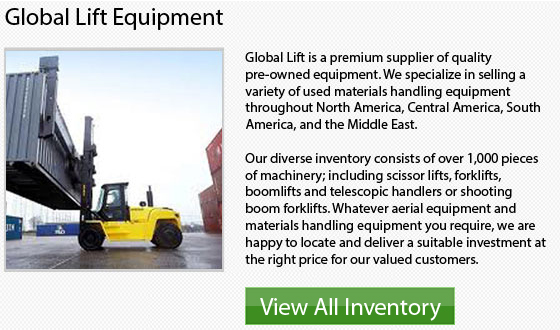
Reach Forklifts
Space is usually at a premium in the majority of distribution facilities or warehouse settings. The less space needed for aisles in which to use machinery, the more space overall you will have to store goods and products. Therefore, specialized equipment has been intended to be used in really narrow aisles so as to maximize space and efficiency.
Reach Trucks
The specific reach lift truck has a mast which extends away from the forklifts body. Usually, it is attached with a scissor apparatus. When the scissor is compacted or drawn in, the forklift becomes a lot narrower compared to the regular forklift.
Operator Position
Most reach trucks are designed so that the operator is standing while operating the unit. This is a contrast to the typical forklift where the operator is normally sitting. The standing operation area lessens the amount of room needed for the compartment of the operator, allowing the machinery to accomplish an even smaller profile overall.
Space Saving
Aisle-ways can be made as narrow as 7 feet with a reach truck. The majority of standard forklifts require a minimum aisle space of about 11 feet; thus, utilizing a reach truck gives roughly a savings of 5 feet on every aisle. When renting a warehouse on a square foot basis, this is a significant amount of space.
Unique Controls
A reach truck is usually steered utilizing a rotating lever which is located on a platform beside the operator. There is one more lever used to control forward and reverse, the mast and for extending the mast. These controls are somewhat different compared to typical forklift controls.
Load Capacity
The reach truck would usually have a load capacity less than regular forklifts. This is largely due to the narrow design of the equipment, which could lead to a really high center of gravity. When the mast is extended fully and the load is raised, this is particularly true.